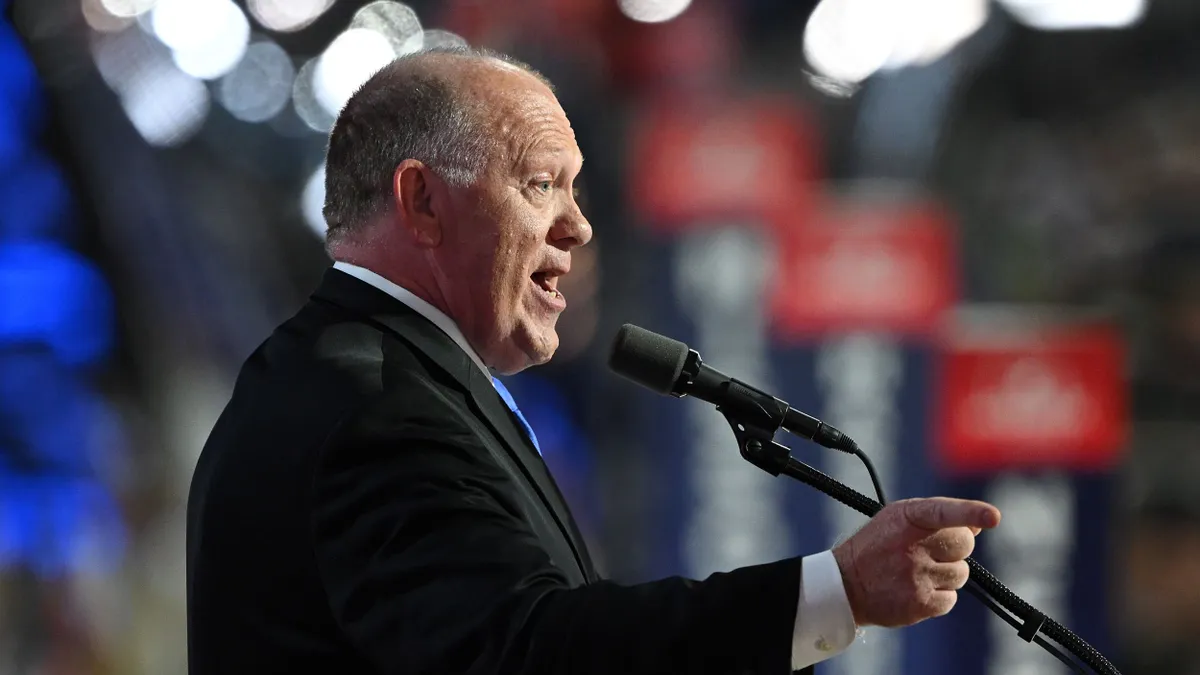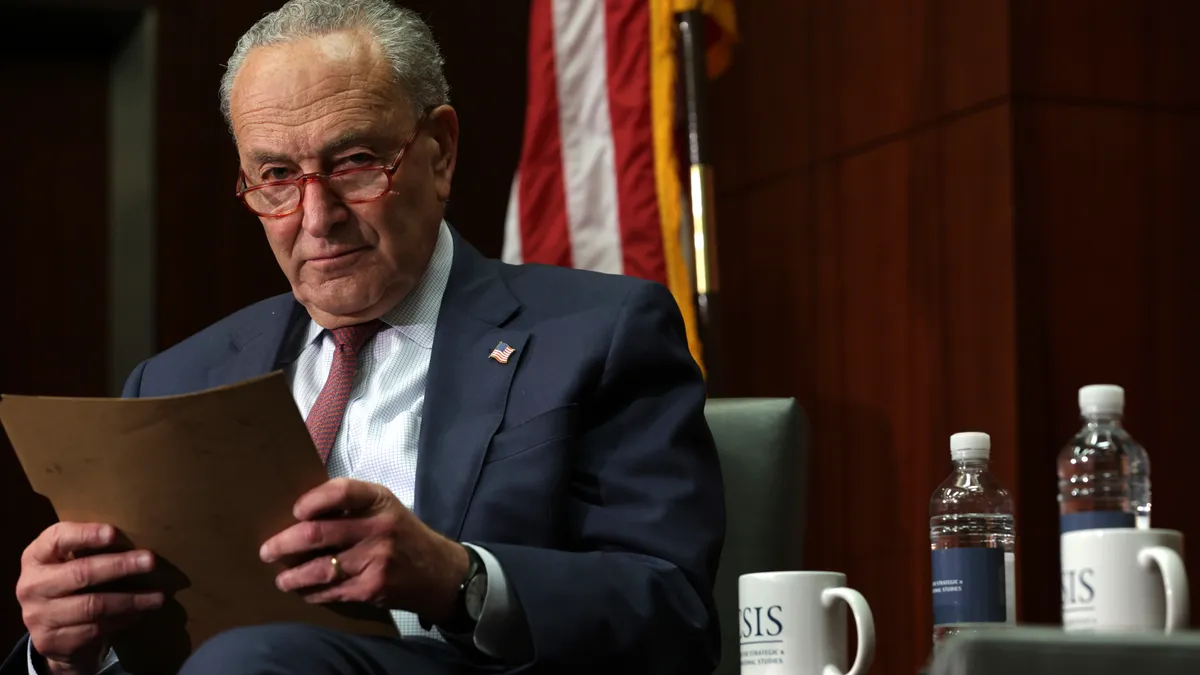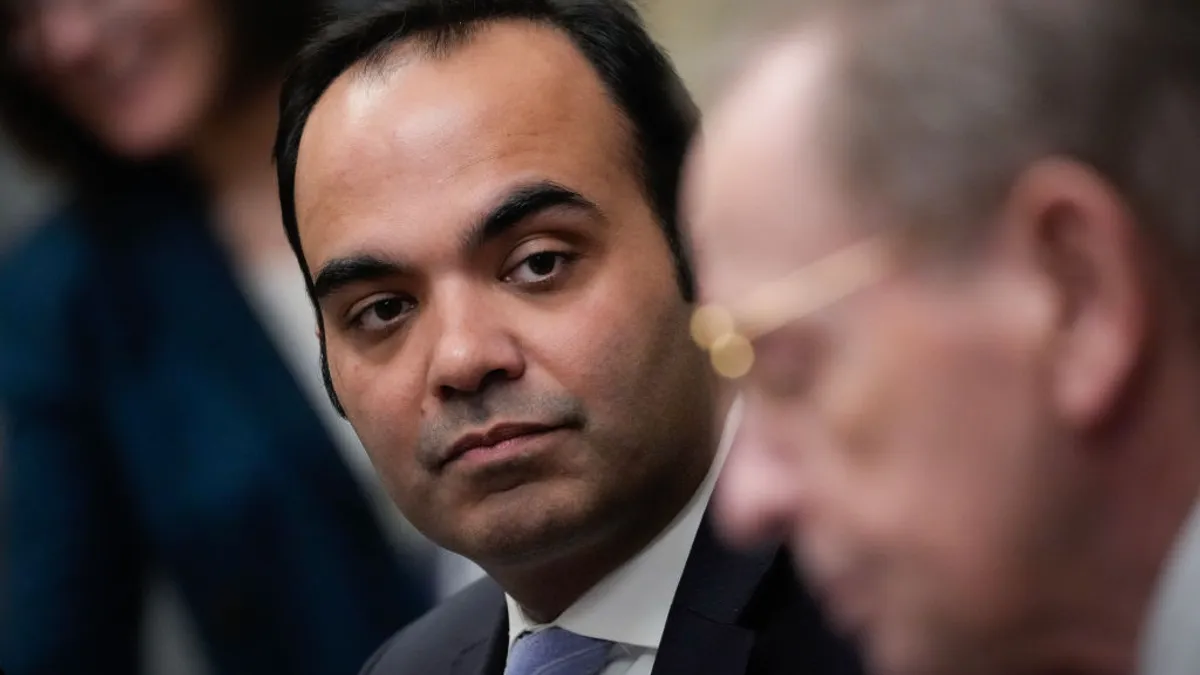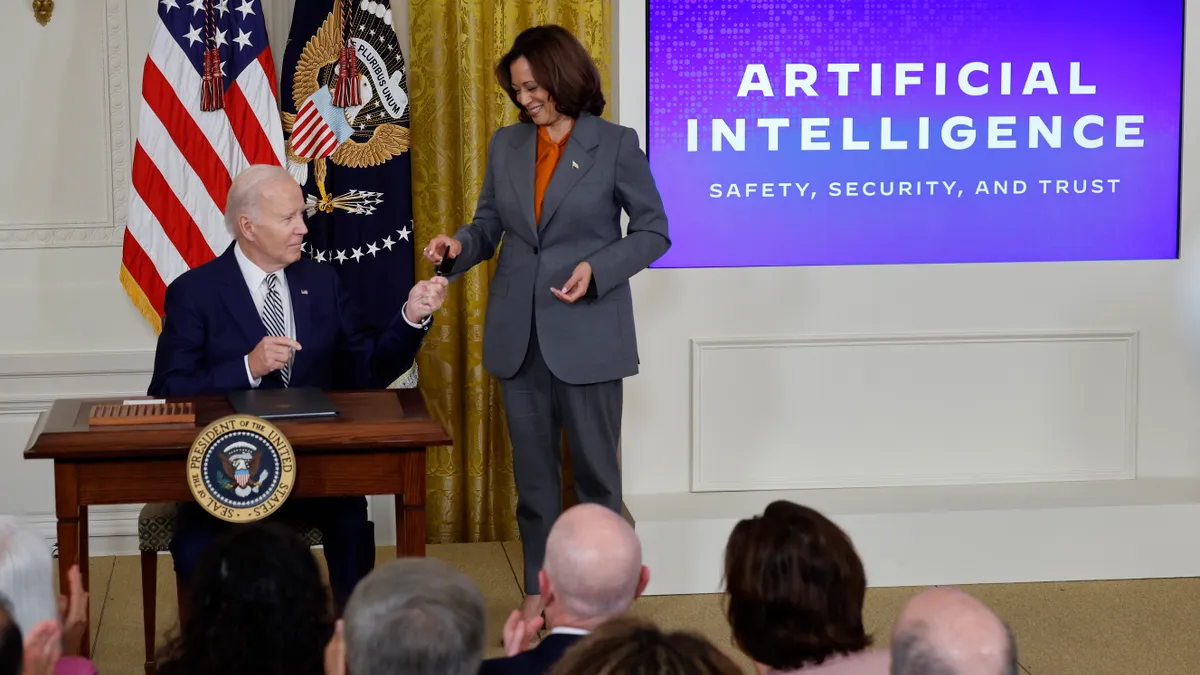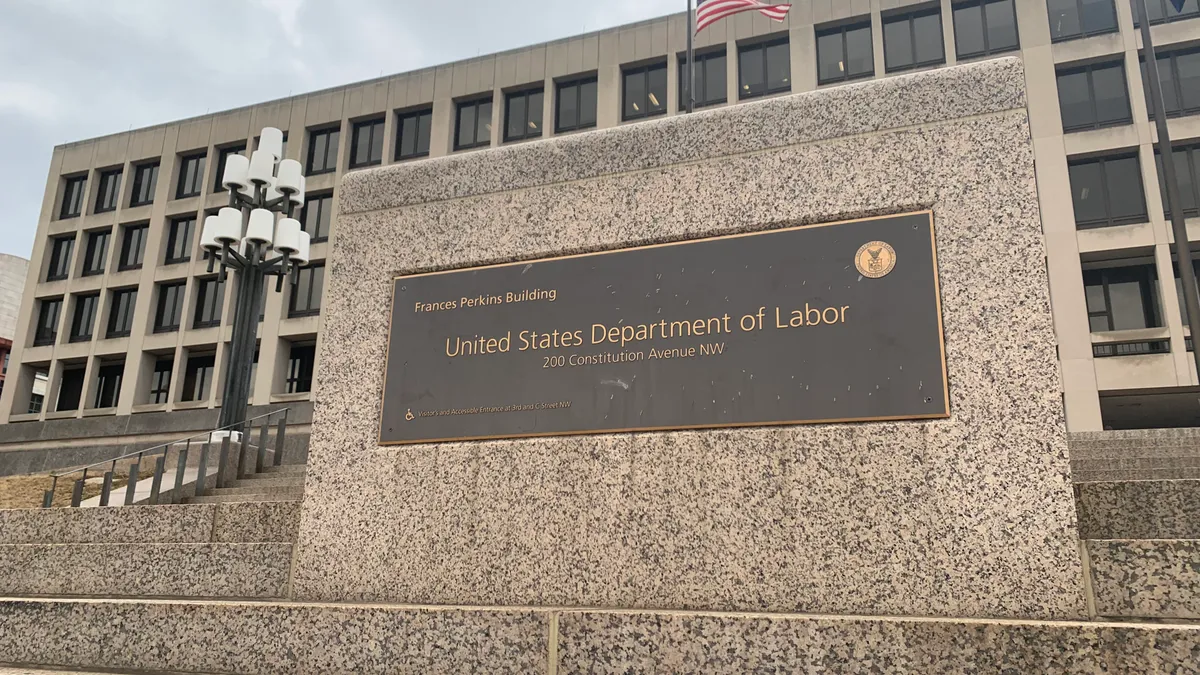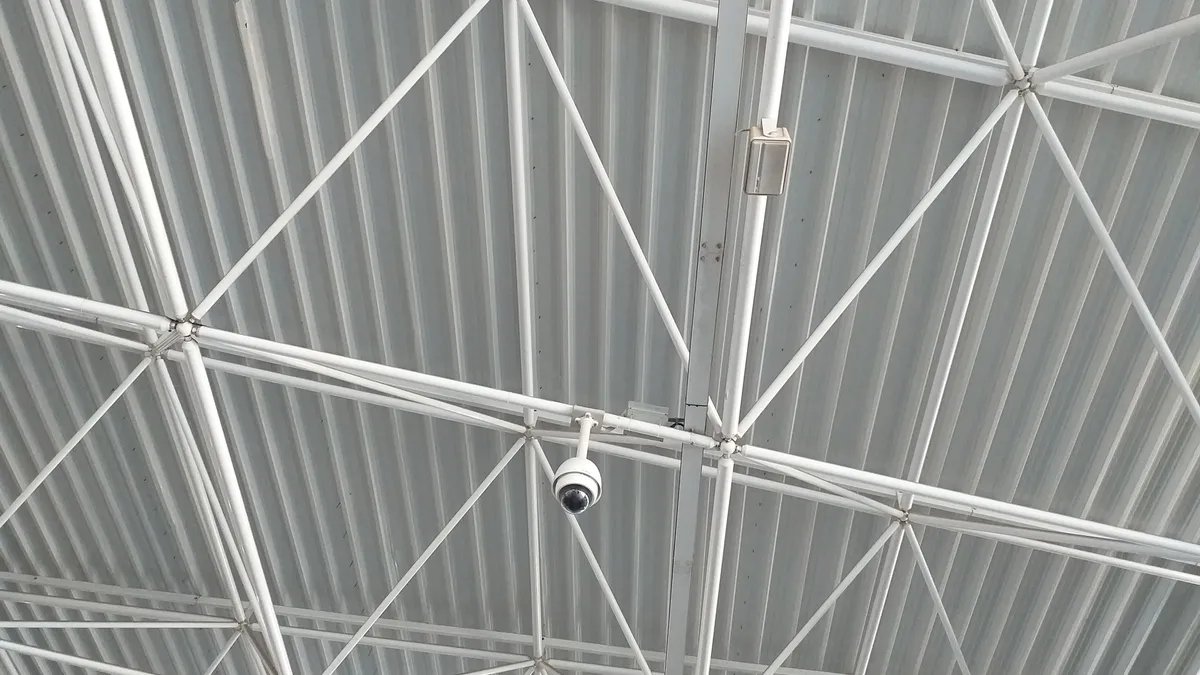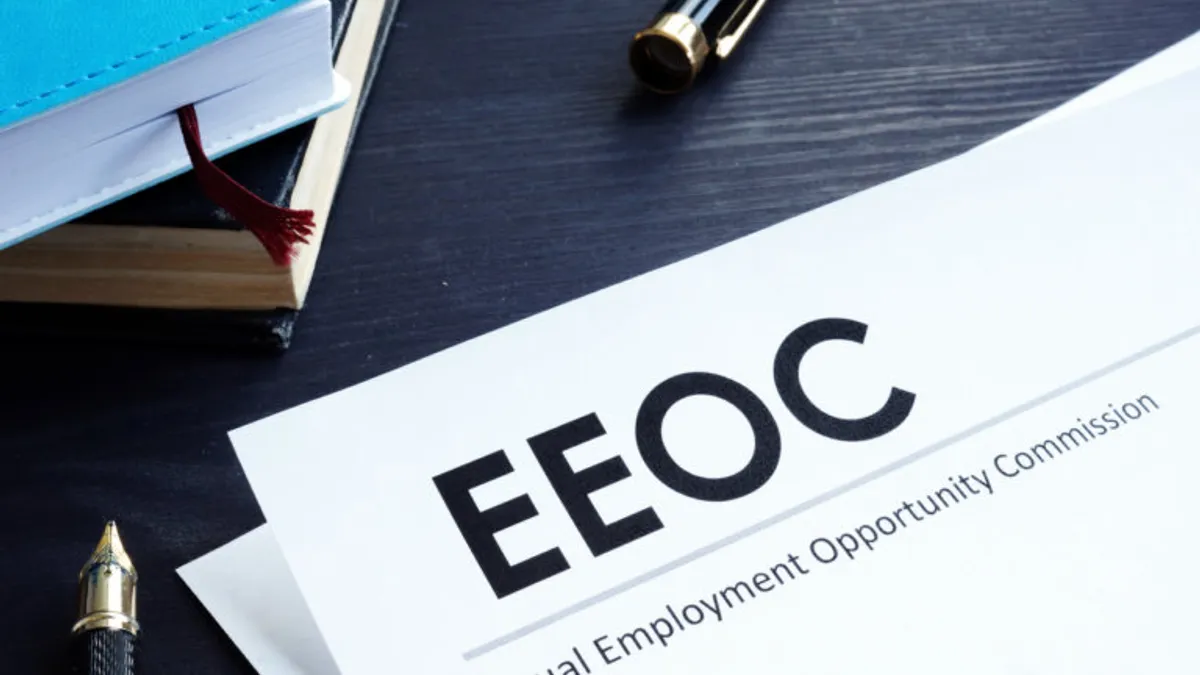As AI continues to permeate business life, companies are starting to ask themselves if they need AI expertise at the C-suite level.
According to LinkedIn, the number of companies with a “Head of AI” position has more than tripled in the last five years, and is up 13% since 2022.
Chief AI Officers (CAIOs) are “brought in to really align an organization’s AI strategy and goals, depending on the existing roles and business need,” said Anne Yarovoy Khan, of counsel in the Fisher Phillips’ Irvine office, and a member of the firm’s AI, privacy and cyber, and PEO and staffing practice groups.
Not every company will need to jump in and have an AI executive at the C-suite level, but AI executives are becoming more commonplace. Here’s what HR professionals need to know.
The CAIO role isn’t defined, but requires a certain set of skills
Right now, the role of the CAIO is new and may not be well defined. But a CAIO can do a number of things, Khan said, including developing AI strategy with “a look to longer term objectives, including where the organization is going.” They can also oversee AI governance, consider privacy-related aspects of AI, mitigate risk of AI deployment, oversee training and education on AI, and ensure transparency in AI use.
This person can’t just be a technical whiz, she added. Knowledge of AI is required, but the CAIO will need to team up with others across the organization “to effectively execute strategy and ensuring compliance as well,” she said, adding that an ideal CAIO would “stay on top of the changing landscape of AI, bring in executive leadership and work cross functionally.”
Since executive-level AI pros are still relatively new, finding the right person for these jobs, or even knowing what they’ll do, will take some time. That’s why it’s key they have the right skills to execute on whatever those goals may be.
“Historically, jobs were defined by titles. But the smart companies are realizing they need to start defining the job as a collection of skills and tasks, not simply titles,” Ryan Roslansky, CEO of Linkedin said at Talent Connect in October 2023. “Then start thinking about how those tasks are required to change as AI continues to advance, and then what new skills we require to succeed.”
Determining what level executive an AI pro should be
While the title CAIO itself is a buzzword right now, that doesn’t mean every organization needs someone elevated to that high of an executive level.
Sal DiFranco, managing partner of the global advanced technology practice for DHR Global, said there’s more talk about a senior vice president or vice president of AI. He likened it to about 10 years ago when clients were looking to hire IoT experts at that level, and they went on to report to the CIO or CTO.
A VP or SVP of AI will make sense for a lot of companies, he added, and they’ll most likely also report to the CIO or CTO. “They’re the ones with the technology and know what’s happening in the space.”
DiFranco recently interviewed a CISO candidate for a large retail company that is starting their AI initiative and leadership council in the CIO and CTO office, he said. The person in the job will the point person to lead the strategy on finding a leader for the organization, and most likely it will be an SVP or C-level reporting to the CIO.
Most of his clients looking for AI executives are looking for candidates who are experts in AI of course, but also machine and deep learning, he said. They also might need experience in robotics depending on the kind of company they’d be working for, he added, like those in manufacturing.
Having leadership skills and being able to explain technical topics to a non-tech audience will also make for successful AI executives. “They have to be somebody who understands how to navigate an organization and all functions in an organization. Is it HR, is it finance, is it sales, is it technology?” DiFranco said. They need to be able to talk to stakeholders across the organization about how AI will impact their function or line of business. “Those influence skills,” he said, “are absolutely critical.”






